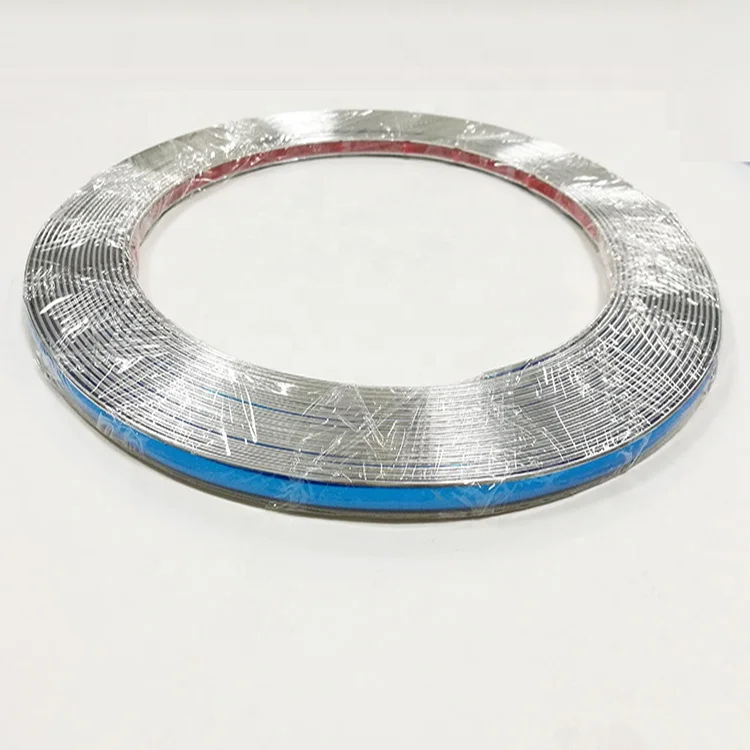Exploring Optimal Polymer Materials for Innovative Applications and Enhanced Performance
Nov . 18, 2024 08:08 Back to list
Exploring Optimal Polymer Materials for Innovative Applications and Enhanced Performance
The Best Polymer Materials A Comprehensive Overview
Polymers are integral to countless aspects of modern life, from the packaging we use to the clothes we wear and even the technology that powers our devices. As a result, understanding the best polymer materials can significantly enhance product performance and sustainability. This article delves into various polymer materials, their properties, applications, and the reasons some are considered superior.
What are Polymers?
Polymers are large molecules composed of repeating structural units called monomers, which are covalently bonded. These macromolecules can be natural, like proteins and cellulose, or synthetic, such as nylon and polyethylene. The properties of polymers can vary significantly based on their composition and structure, which affects their utility in various applications.
Categories of Polymer Materials
Polymers can be divided into two main categories thermoplastics and thermosets.
- Thermoplastics These polymers become pliable or moldable above a specific temperature and solidify upon cooling. They can be remolded and recycled, making them a more sustainable option. Common thermoplastics include polyethylene (PE), polystyrene (PS), and polyvinyl chloride (PVC).
- Thermosets Once cured, thermosets cannot be remolded. They are known for their durability and heat resistance. Examples include epoxy resins and phenolic resins, which are widely used in adhesives and coatings.
Best Polymer Materials and Their Properties
best polymer material

1. Polyethylene (PE) One of the most produced plastics globally, polyethylene is renowned for its excellent chemical resistance, low density, and flexibility. It is widely used in packaging, containers, and tubing. Its versatility makes it a go-to choice for many applications.
2. Polylactic Acid (PLA) A biopolymer derived from renewable resources like corn starch or sugarcane, PLA is biodegradable and offers an environmentally friendly alternative to petroleum-based plastics. Its applications range from 3D printing to disposable tableware.
3. Nylon (Polyamide) Known for its strength, durability, and resistance to abrasion, nylon is commonly used in textiles, automotive components, and industrial applications. Its ability to withstand heat and chemicals makes it a top choice for demanding environments.
4. Polyurethane (PU) Versatile and flexible, polyurethane can be found in foams, elastomers, and coatings. Its adaptability allows it to create various products, from footwear to furniture and automotive parts. PU’s resilience and comfort are key reasons for its widespread use.
5. Acrylonitrile Butadiene Styrene (ABS) This thermoplastic is known for its toughness and impact resistance, making it ideal for manufacturing safety helmets, automotive components, and LEGO bricks. Its strength-to-weight ratio and ease of processing make it a favored choice in many industries.
Conclusion
Choosing the best polymer material depends largely on the specific requirements of an application. Considerations such as strength, flexibility, thermal resistance, and environmental impact play critical roles in decision-making.
As industries increasingly emphasize sustainability, biopolymers like PLA are gaining traction for their eco-friendly properties, while traditional polymers like nylon and polyethylene remain indispensable due to their superior performance characteristics.
In conclusion, the world of polymers is diverse and rapidly evolving, with ongoing research leading to the development of innovative materials that cater to the needs of various sectors. The best polymer materials combine functionality with sustainability and offer unique solutions to everyday challenges. As technology advances and the demand for more sustainable options grows, the landscape of polymer materials will undoubtedly continue to change, paving the way for new applications and improved efficiencies in various fields.
-
LED Neon Rope Light Outdoor Companies: Durable & Bright Solutions
NewsAug.27,2025
-
Premium Window Seal Strip Adhesive: Manufacturers & Suppliers
NewsAug.26,2025
-
Best Window Seal Strip Adhesive Companies: Strong, Durable Seals
NewsAug.25,2025
-
Karcher A2004 Wet & Dry Vacuum Filter: Premium Replacement Cartridge
NewsAug.24,2025
-
Premium Vacuum Filter for Karcher VC 4, VC 6, VC 7 & Tineco A10, A11
NewsAug.23,2025
-
Hi-Flo HF155 Oil Filter KTM 250 EXC Racing 03-06 | OEM 580.38.005.000
NewsAug.22,2025
